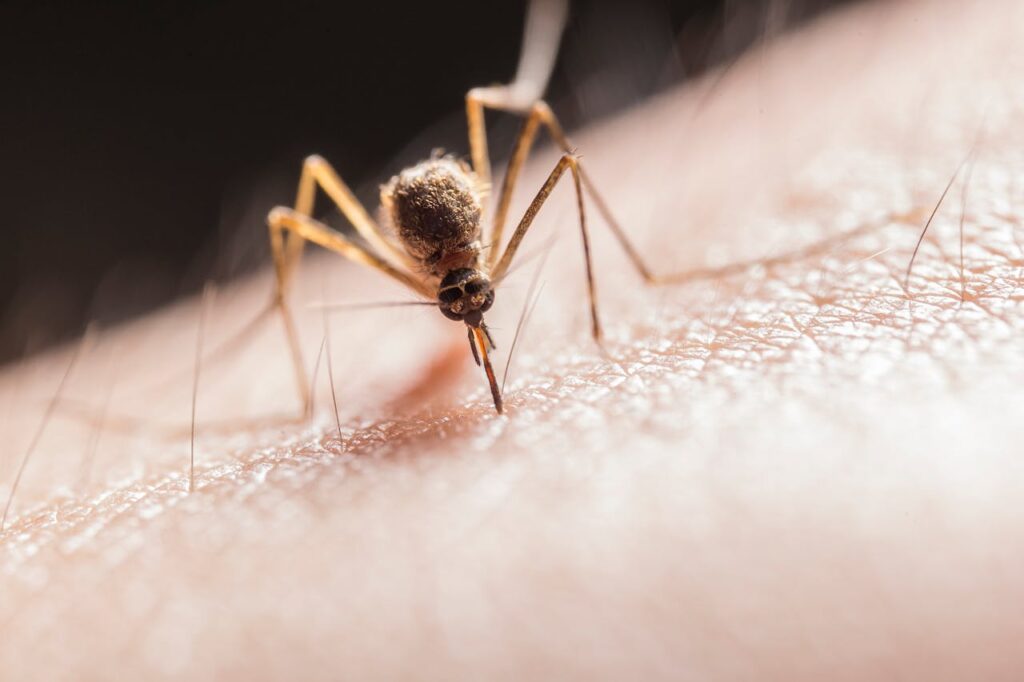Have you ever been all set for a relaxing evening in your backyard only to be driven inside by a swarm of pesky mosquitoes? If so, you are far from alone. These tiny bloodsuckers can turn the most delightful outdoor experience into a nighttime nightmare. Mosquitoes are more than just a nuisance; they can also carry diseases that are harmful to humans and pets. Fortunately, there are plenty of strategies to help you reclaim your backyard. Let’s dive into how you can control backyard mosquitoes effectively.
Understanding Mosquitoes
The first step in controlling mosquitoes is understanding them better. Knowing what makes your backyard a mosquito magnet can significantly aid in your war against them.
The Lifecycle of a Mosquito
Mosquitoes go through four life stages: egg, larva, pupa, and adult. Standing water is crucial for their breeding, as the first three stages occur in it. An adult mosquito emerges from the pupa stage to start the cycle all over again. Understanding this lifecycle can help you identify points of intervention.
Different Types of Mosquitoes
There are over 3,500 species of mosquitoes worldwide, but only a few of them are responsible for most human discomfort and disease transmission. Common backyard varieties include:
| Species | Key Characteristics | Diseases Transmitted |
|---|---|---|
| Aedes | Black with white markings | Zika, Dengue, Chikungunya |
| Anopheles | Known for its distinctive resting position | Malaria |
| Culex | Generally brown | West Nile Virus, St. Louis Encephalitis |
Knowing which mosquito species are prevalent in your area can further refine your control methods.
Why Mosquitoes Bite
Both male and female mosquitoes feed on nectar, but only female mosquitoes bite humans and animals. They require the protein in blood to produce eggs. Factors that attract mosquitoes to you include body heat, carbon dioxide, sweat, and certain scents.
Eliminating Breeding Grounds
Since mosquitoes require water for breeding, eliminating standing water is crucial in controlling their population in your backyard.
Identifying Breeding Sites
Common backyard items that can collect water and serve as mosquito breeding sites include:
- Unused flowerpots
- Bird baths
- Gutters
- Old tires
- Pet water bowls
- Pools and kiddie pools
Eliminating Standing Water
Check these areas regularly and remove standing water. Even a small amount can be enough for mosquitoes to breed. Here are a few tips:
- Empty: Empty and scrub bird baths, pet water bowls, and plant saucers at least once a week.
- Cover or Store: Turn over, cover, or dispose of items that aren’t in use and can collect water.
- Clean Gutters: Ensure gutters and drains are clean to prevent water accumulation.
- Fill Holes: Fill low-lying areas in your yard where water can collect.
Physical Barriers and Traps
While eliminating breeding grounds is effective, adding physical barriers and traps can provide an additional layer of protection.
Mosquito Nets and Screens
Use mosquito nets to cover beds and seating areas. Ensure that doors and windows have tight-fitting screens with no holes to keep mosquitoes out of your home.
Mosquito Traps
Mosquito traps can reduce the mosquito population in your backyard. They work by attracting mosquitoes using light, heat, or carbon dioxide, then trapping or killing them. Various types of traps include:
| Trap Type | How It Works |
|---|---|
| CO2-based Traps | Mimic human breath to attract mosquitoes |
| Heat-based Traps | Emit heat similar to human body temperature |
| Light Traps | Use UV light to attract and capture mosquitoes |
| Sticky Traps | Use adhesive to capture mosquitoes on contact |
Barriers like Mosquito Zappers and Repellent Systems
Mosquito zappers use light to attract mosquitoes and then kill them on contact. Installing a mosquito repellent system that releases a fine mist of repellents around your backyard can also be effective.
Repellents and Deterrents
Repellents and deterrents play an essential role in keeping mosquitoes at bay. Both natural and chemical options are available.
Natural Repellents
If you prefer natural solutions, there are several effective options:
- Essential Oils: Oils like citronella, eucalyptus, and lemongrass act as natural mosquito repellents.
- Plant-Based Solutions: Plant mosquito-repelling plants such as marigolds, rosemary, and lavender around your yard.
- Homemade Repellent: A mixture of essential oils and apple cider vinegar can be sprayed on the skin to ward off mosquitoes.
Chemical Repellents
For more potent protection, chemical repellents are often the go-to option. DEET and picaridin are among the most effective. When using chemical repellents, be sure to follow the manufacturer’s instructions carefully.
Barrier Treatments
Apply a barrier treatment around your yard, either in liquid or granular form. These treatments can create a protective zone that keeps mosquitoes away for several weeks.
Professional Help
If your mosquito problem persists despite your best efforts, professional pest control services can offer more exhaustive solutions.
Mosquito Fogging
Professional mosquito fogging involves spraying insecticide in a fine mist to kill adult mosquitoes and their larvae. This method is effective but needs to be repeated periodically.
Larvicides
Professionals may use larvicides to target mosquito larvae in standing water. These chemicals disrupt the lifecycle, preventing larvae from maturing into biting adults.
Promoting Natural Predators
Encouraging the presence of natural mosquito predators in your backyard can naturally reduce the mosquito population.
Birds and Bats
Birds like purple martins and waterfowl, as well as bats, consume large quantities of mosquitoes. Installing birdhouses and bat houses can attract these mosquito-eating allies to your backyard.
Fish in Ponds
Stock ornamental ponds with mosquito-eating fish like goldfish or guppies to keep the mosquito larvae population under control.
Regular Monitoring and Maintenance
The key to long-term mosquito control is regular monitoring and consistent maintenance. A well-maintained backyard is less likely to become a mosquito haven.
Schedule Regular Inspections
Conduct weekly inspections to check for new mosquito breeding sites. Regularly maintain landscaping to prevent overgrown vegetation which can serve as resting areas for mosquitoes.
Seasonal Adjustments
Adjust your mosquito control methods based on seasonal changes. Mosquitoes are more prevalent in summer and after rainfall, so increase your efforts during these periods.
Record Keeping
Keep a record of your mosquito control activities. Note the dates and types of interventions you used. This can help you identify what works best and when additional measures might be needed.
Final Thoughts
Dealing with mosquitoes can be frustrating, but with a multi-faceted approach, you can significantly reduce their presence in your backyard. Implementing these strategies not only enhances your outdoor experience but also protects your family and pets from mosquito-borne diseases. By understanding mosquito behavior, eliminating breeding grounds, using repellents and traps, seeking professional help if needed, and promoting natural predators, you’ll be well on your way to reclaiming your backyard. So go ahead, light up that barbecue, and enjoy your outdoor space with fewer unwelcome guests buzzing around!

